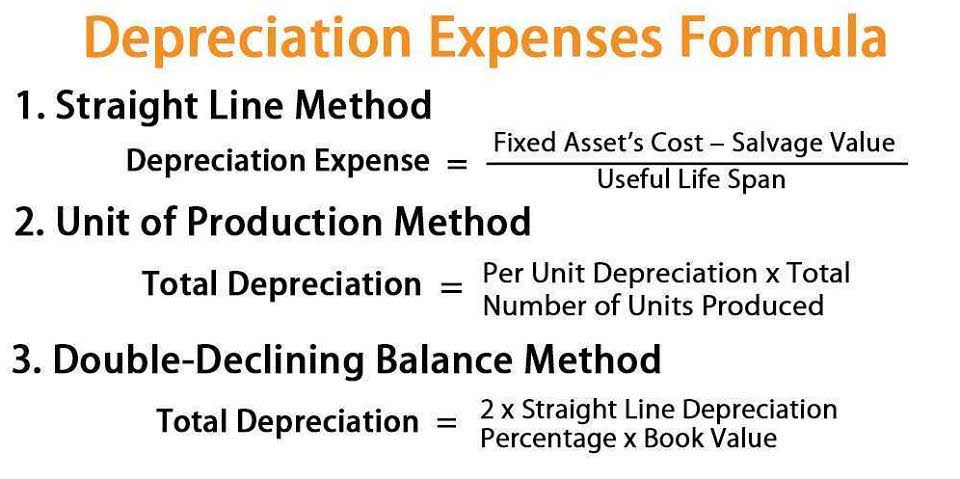
Furthermore, Total Manufacturing Cost differs from the costs of goods (COGS). Where the total manufacturing cost is the total expense related to all labor and supplies used to create a finished product, COGS sold are simply the cost of finished inventory sold within the reporting period. Usually, the second biggest expense for businesses is inventory (coming only after labor), which accounts for 25% to 35% of a company’s budget. Having a clear idea of the total manufacturing cost helps you manage these expenses wisely through budgeting and financial planning. Understanding the total manufacturing cost (TMC) is essential for any business with production-based operations.

Posts from: Cost Formula in Excel
As the company decided to assemble the components themselves, they found that the costs of managing the assembly line and the transportation were increasing significantly. As a result, the steel manufacturing company was able to achieve a 10% reduction in manufacturing costs and save €1 million (approximately $1.7 million) annually. Tracking the number of hours each employee works on the production line can be tricky. This is where a manufacturing time tracking app, such as Clockify, comes in handy. According to McKinsey’s research, cutting down manufacturing costs, in addition to boosting productivity, is the key for manufacturing companies to remain competitive. Direct materials are the actual physical materials needed in order to manufacture products.
What are the benefits of calculating manufacturing cost?
However, production software such as a capable manufacturing ERP system continuously tracks all manufacturing costs and inventory movements and calculates both COGM and COGS automatically. This means that a company need not wait until the end of accounting periods to find out these crucial financial metrics. It also means that approximate calculations are replaced by real, data-based numbers, increasing the accuracy of financial statements. This is an important expense for manufacturing businesses to ensure profitability and sustainable growth. In this article by Viindoo, we will explore in detail how to calculate manufacturing cost.
- Cost management is paramount in the manufacturing segment which small fluctuations can significantly impact the bottom line.
- Manufacturers must have a clear understanding of their production expenses to maintain profitability and improve manufacturing efficiency.
- The beginning direct materials are those you have already purchased for a production run.
- This gives a better insight into cost and profit in real-time, helping to set more informed pricing.
- This can include things like rent or other indirect materials that aren’t used to create the final product, like water or cleaning supplies.
- A good CMMS can help you create and share operating procedures to standardize your documentation processes.
- These may include excessive waste, high labor costs, or outdated machinery, among others.
Varying Production Volumes
- The first thing you have to do is identify the manufacturing overhead costs.
- Variable costs are expenses that fluctuate in direct proportion to the level of production or sales volume.
- Cloud solutions enable you to work from anywhere, at any time, meaning you shouldn’t miss a trick when it comes to spend.
- Therefore, first, one must identify these costs, such as the indirect labor and materials costs, add depreciation costs and all other manufacturing overhead costs to get your figure.
- It includes all possible costs incurred by the production function, including direct materials, direct labor, and factory overhead.
Comparing the total manufacturing cost to the total revenue generated lets you easily see your company’s profitability. This one simple calculation aids you in multiple ways in your business accounting. Insights from different perspectives shed light on the significance of COGS. From a financial standpoint, COGS is total manufacturing cost formula a key component in calculating the gross profit margin, which indicates the profitability of a product.
- By mastering this aspect, manufacturers can optimize their processes, enhance profitability, and create value for customers.
- After using the total manufacturing cost formula to work out your overhead expenses, direct, and indirect costs, you can start to break down where inefficiencies in your production process exist.
- Lekan Olanrewaju is a content writer with years of experience in media and content creation.
- Indirect costs in manufacturing, also known as manufacturing overhead, include expenses like rent, utilities, and depreciation that support production but are not directly attributable to specific units of output.
- It is very important when calculating manufacturing cost to be as accurate as possible and to not underestimate any of the expenses as that can provide an inaccurate picture.
Work in process inventory
These expenses constitute indirect costs, at least from the perspective of the manufacturing process, and are allocated as overheads. When estimating direct labor costs, factors such as wage rates, labor productivity, skill levels, and required labor hours should be taken into account. Historical data, industry benchmarks, and consulting industry experts can provide valuable insights during the estimation process.

Total manufacturing cost refers to the sum of all expenses incurred in the production of goods. This includes direct costs such as raw materials and labor, as well as indirect costs like overhead expenses. Mastering the art of calculating and managing total manufacturing costs is indispensable for any business aiming for sustainable growth and profitability. An example of this difference is if the company producing blankets determines that the total manufacturing cost for 1000 blankets is $20,000. Due to a staffing shortage, only 750 blankets could bookkeeping be produced by the end of the period, lowering the COGM to $15,000. Regardless of the number of blankets made during the production process, $20,000 was still allocated for the labor, overhead, and materials used in this production run.

It’s added to the cost of Accounting For Architects the final product, along with direct material and direct labor costs. Overhead costs, also known as indirect costs, are the expenses incurred by a manufacturing company that cannot be directly attributed to a specific product or production process. Unlike direct costs (such as raw materials and labor), overhead costs are shared across multiple products or activities. They encompass everything from administrative expenses to facility maintenance and utilities. Small businesses can accurately calculate total production costs by summing up all direct costs (raw materials, labor) and indirect costs (overhead expenses). For example, a bakery calculating the cost of producing a cake would include flour, sugar, baker’s wages, and a portion of rent and utility bills for the production area.

Fixed costs, on the other hand, are expenses that remain constant regardless of the level of production or sales volume. Fixed costs are incurred regardless of whether any units are produced or sold. Examples of fixed costs include rent, salaries of permanent employees, insurance premiums, and depreciation of machinery. Fixed costs are often considered as the “overhead” expenses that a manufacturing business incurs to maintain its operations. Calculate manufacturing overhead costs by summing up your facility’s indirect expenses. View examples and formulas and learn how to calculate predetermined overhead rate.
